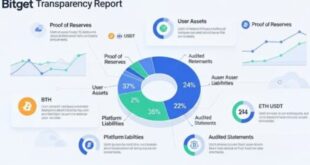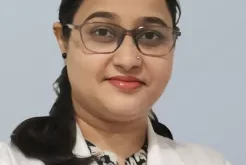18 April 2024
العربية
Français
Following consultation with public health agencies and experts, the World Health Organization (WHO) publishes a global technical consultation report introducing updated terminology for pathogens that transmit through the air. The pathogens covered include those that cause respiratory infections, e.g. COVID-19, influenza, measles, Middle East respiratory syndrome (MERS), severe acute respiratory syndrome (SARS), and tuberculosis, among others.
The publication, entitled “Global technical consultation report on proposed terminology for pathogens that transmit through the air”, is the result of an extensive, multi-year, collaborative effort and reflects shared agreement on terminology between WHO, experts and four major public health agencies: Africa Centres for Disease Control and Prevention; Chinese Center for Disease Control and Prevention; European Centre for Disease Prevention and Control; and United States Centers for Disease Control and Prevention. This agreement underlines the collective commitment of public health agencies to move forward together on this matter.
The wide-ranging consultation was conducted in multiple steps in 2021-2023 and addressed a lack of common terminology to describe the transmission of pathogens through the air across scientific disciplines. The challenge became particularly evident during the COVID-19 pandemic as experts from various sectors were required to provide scientific and policy guidance. Varying terminologies highlighted gaps in common understanding and contributed to challenges in public communication and efforts to curb the transmission of the pathogen.
Together with a very diverse range of leading public health agencies and experts across multiple disciplines, we are pleased to have been able to address this complex and timely issue and reach a consensus,” said Dr Jeremy Farrar, WHO Chief Scientist. “The agreed terminology for pathogens that transmit through the air will help set a new path for research agendas and implementation of public health interventions to identify, communicate and respond to existing and new pathogens.”
The extensive consultation resulted in the introduction of the following common descriptors to characterize the transmission of pathogens through the air (under typical circumstances):
Individuals infected with a respiratory pathogen can generate and expel infectious particles containing the pathogen, through their mouth or nose by breathing, talking, singing, spitting, coughing or sneezing. These particles should be described with the term ‘infectious respiratory particles’ or IRPs.
IRPs exist on a continuous spectrum of sizes, and no single cut off points should be applied to distinguish smaller from larger particles. This facilitates moving away from the dichotomy of previously used terms: ‘aerosols’ (generally smaller particles) and ‘droplets’ (generally larger particles).
The descriptor ‘through the air’ can be used in a general way to characterize an infectious disease where the main mode of transmission involves the pathogen travelling through the air or being suspended in the air. Under the umbrella of ‘through the air transmission’, two descriptors can be used:
1. Airborne transmission or inhalation, for cases when IRPs are expelled into the air and inhaled by another person. Airborne transmission or inhalation can occur at a short or long distance from the infectious person and distance depends on various factors (airflow, humidity, temperature, ventilation etc). IRPs can theoretically enter the body at any point along the human respiratory tract, but preferred sites of entry may be pathogen-specific.
2. Direct deposition, for cases when IRPs are expelled into the air from an infectious person, and are then directly deposited on the exposed mouth, nose or eyes of another person nearby, then entering the human respiratory system and potentially causing infection.
“This global technical consultation process was a concerted effort of many influential and experienced experts,” said Dr Gagandeep Kang, Christian Medical College, Vellore, India who is a Co-Chair of the WHO Technical Working Group. “Reaching consensus on these terminologies bringing stakeholders in an unprecedented way was no small feat. Completing this consultation gives us a new opportunity and starting point to move forward with a better understanding and agreed principles for diseases that transmit through the air,” added Dr Yuguo Li from the University of Hong Kong, Hong Kong SAR (China), who also co-chaired the Technical Working Group.
This consultation was the first phase of global scientific discussions led by WHO. Next steps include further technical and multidisciplinary research and exploration of the wider implementation implications of the updated descriptors.
 Newspatrolling.com News cum Content Syndication Portal Online
Newspatrolling.com News cum Content Syndication Portal Online







